Referencing
In the world of academic and professional writing, referencing plays a crucial role in establishing credibility, supporting arguments, and acknowledging the contributions of other researchers. Trustworthy research relies heavily on accurate and consistent referencing. Whether you are a student working on an essay or a professional writing a report

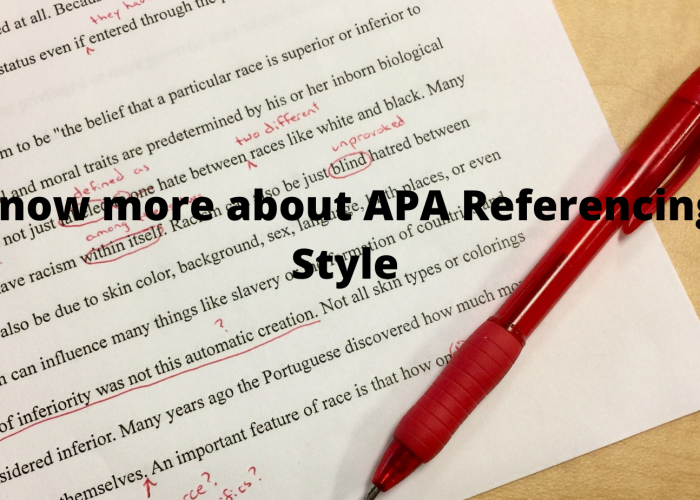
APA Referencing

Harvard Referencing

MLA Referencing

Oxford Referencing
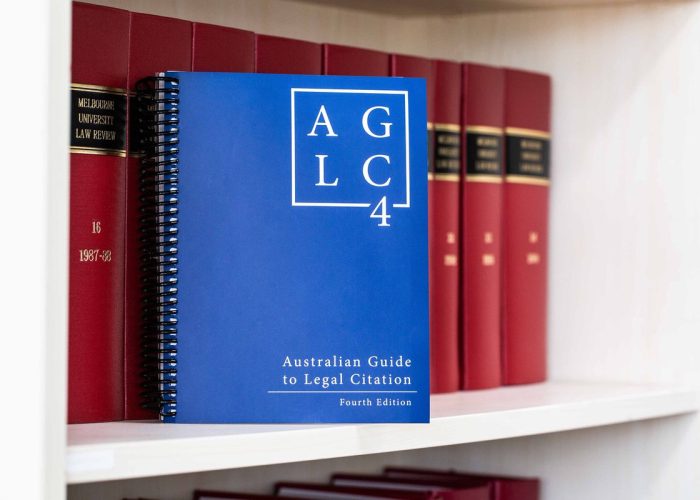
AGLC Referencing

AMA Referencing
Types Of Referencing
- Universally Accepted: Harvard Referencing is one of the most widely used citation styles across various academic disciplines and professional fields. Its popularity stems from its clear and concise format, making it accessible to both writers and readers.
- Credibility and Trustworthiness: Harvard Referencing adds credibility to your research by allowing readers to easily locate and verify your sources. By providing precise and comprehensive citations, you demonstrate that your work is based on reliable evidence from reputable sources.
- Clarity and Consistency: The Harvard Referencing style promotes clarity and consistency in citing sources. It provides a standardized format for both in-text citations and reference lists, ensuring that your readers can follow your references effortlessly.
- In-Text Citations: In Harvard Referencing, in-text citations include the author's last name and the publication year within parentheses, placed directly after the cited information. For example: (Smith, 2021). In the case of multiple authors, use "et al." for three or more authors: (Smith et al., 2021).
- Reference List: The Harvard Reference List is a comprehensive list of all the sources you have cited in your work. It is typically placed at the end of your document and arranged alphabetically by the author's last name. Each entry should include the author's name, publication year, title, source, and any additional information depending on the source type (e.g., page numbers, URLs).
- Familiarize Yourself with the Style: Take the time to understand the specific guidelines and rules of Harvard Referencing. Consult reputable style guides or official Harvard University resources for detailed instructions.
- Use Credible Sources: Ensure that you use reliable and authoritative sources for your research. Academic journals, books from reputable publishers, government reports, and credible websites are examples of reliable sources. Verify the credibility and relevance of each source before including it in your references.
- Maintain Consistency: Maintain

- Precision and Clarity: AMA referencing emphasizes precision and clarity, allowing readers to locate and verify your sources with ease. By following the specific guidelines, you provide comprehensive information that supports the credibility of your research.
- Consistency and Standardization: AMA referencing promotes consistency in citing sources, making it easier for both writers and readers to navigate through scholarly articles. This uniformity enhances the overall professionalism of your work and fosters a sense of trust among your audience.
- Respect for Intellectual Property: AMA referencing demonstrates respect for intellectual property rights by acknowledging the contributions and ideas of other researchers. By properly citing sources, you uphold academic integrity and avoid plagiarism.
- Numeric System: AMA referencing employs a numeric system for in-text citations. Each reference is assigned a unique number, which is used throughout the text to cite the corresponding source. The numbers are typically presented as superscripts within the text.
- Reference List: AMA referencing employs a reference list at the end of the document, which provides detailed information about the cited sources. The references are listed numerically according to their corresponding in-text citation numbers
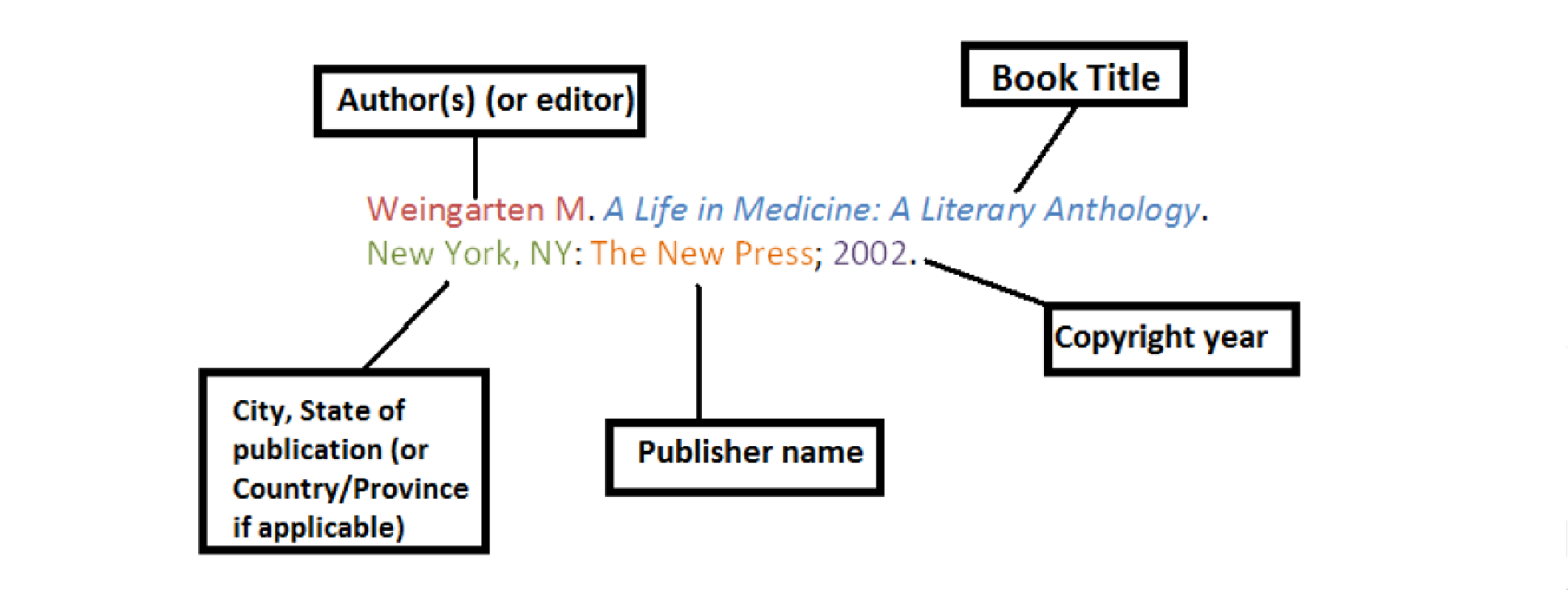
- Credibility and Academic Integrity: APA referencing enhances the credibility of your work by providing clear and accurate citations. It showcases that your research is built on a foundation of reliable sources and acknowledges the contributions of other scholars. APA referencing also promotes academic integrity by preventing plagiarism and upholding ethical writing practices.
- Clarity and Consistency: APA referencing promotes clarity and consistency in citing sources. It follows specific guidelines for in-text citations, reference lists, and formatting, making it easier for readers to locate and verify your sources. Consistency in citation style enhances the readability and professionalism of your work.
- Credibility and Scholarly Integrity: MLA referencing enhances the credibility of your work by properly attributing the ideas and information of other scholars. By citing sources accurately, you demonstrate your commitment to scholarly integrity and give due credit to the original authors.
- Consistency and Clarity: MLA referencing promotes consistency and clarity in citing sources. It provides a structured format for both in-text citations and the works cited list, making it easier for readers to understand and follow your references. Consistent and clear citations contribute to the professionalism and trustworthiness of your research.
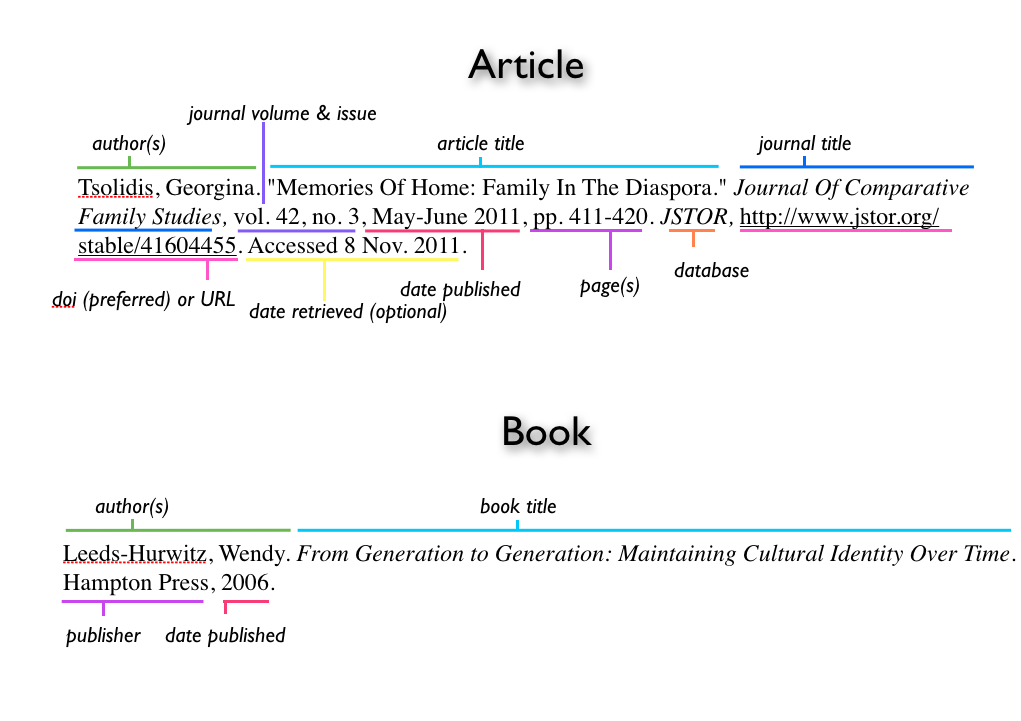
- Legal Authority and Credibility: AGLC referencing showcases your understanding of legal principles and authorities. By accurately citing legal sources, such as legislation, case law, and legal commentary, you demonstrate the credibility of your research and acknowledge the contributions of legal scholars and institutions.
- Precision and Consistency: AGLC referencing promotes precision and consistency in legal citations. It follows specific guidelines for citing legal sources, ensuring that your references provide sufficient information for readers to locate and verify the sources. Consistent and precise citations enhance the professionalism and reliability of your legal research.

- Adherence to UTS Guidelines: UTS referencing allows you to align your work with the specific requirements and standards set by the University of Technology Sydney. By following UTS referencing guidelines, you demonstrate your understanding and compliance with the university's expectations for academic integrity and scholarly work.
- Consistency and Clarity: UTS referencing promotes consistency and clarity in citing sources, making it easier for readers to locate and verify the information you have referenced. By adopting UTS referencing, you ensure that your citations follow a standardized format throughout your work, enhancing readability and trustworthiness.

IEEE (Institute of Electrical and Electronics Engineers) referencing is a widely recognized citation style used in technical fields, particularly in engineering, computer science, and related disciplines. Mastering IEEE referencing is essential for technical researchers, students, and professionals aiming to produce trustworthy and reliable work. IEEE referencing provides a systematic approach to citing technical sources, ensuring proper attribution and enhancing the credibility of your research. In this article, we will explore the importance of IEEE referencing and provide practical examples to help you effectively implement this citation style for Trustingo.
Why Choose IEEE Referencing?
- Credibility and Technical Accuracy: IEEE referencing enhances the credibility of your technical research by providing accurate and precise citations. It showcases your adherence to technical citation standards and demonstrates your understanding of the field. IEEE referencing ensures that you properly attribute technical sources and give due credit to authors, enhancing the trustworthiness of your work.
- Consistency and Accessibility: IEEE referencing promotes consistency and accessibility in your technical citations. It follows specific guidelines for referencing technical literature, making it easier for readers to locate and verify the sources cited in your work. By using a standardized citation style, you contribute to the clarity and professionalism of your technical research.
Key Elements of IEEE Referencing:
- In-Text Citations: IEEE referencing employs a numeric citation system for in-text citations. When referring to a technical source within the text, insert a superscript number after the relevant information. The corresponding number should match the full citation provided in the reference list. Examples include:
- According to Smith[1], the performance of the algorithm improved significantly.
- Recent studies have shown promising results in machine learning applications[2].

- Credibility and Accuracy: Chicago referencing enhances the credibility of your research by providing accurate and detailed citations. It demonstrates your attention to detail and adherence to citation standards. Chicago referencing ensures that you properly attribute sources and give due credit to authors, enhancing the trustworthiness of your work.
- Flexibility and Adaptability: Chicago referencing offers both the author-date system and the notes and bibliography system, providing flexibility in citation style based on your research needs. The author-date system is commonly used in social sciences, while the notes and bibliography system is preferred in humanities and history. This adaptability allows you to choose the most appropriate style for your research field.
- Notes and Bibliography System: In the notes and bibliography system, Chicago referencing utilizes footnotes or endnotes for in-text citations. When referring to a source within the text, insert a superscript number and provide a corresponding footnote or endnote. The footnote should contain detailed information about the source, including author names, titles, publication information, and page numbers
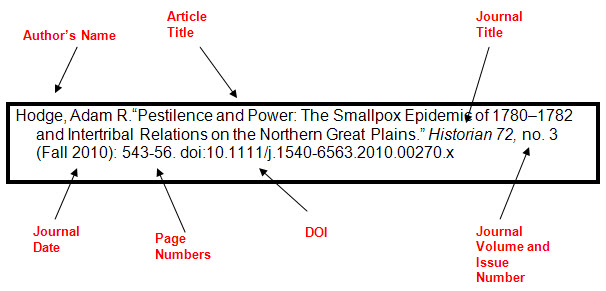
Why Choose Us For Your Referencing With Solution?
Our team consists of seasoned professionals who possess extensive expertise and experience in conducting case studies with solutions. With diverse backgrounds in various industries and subjects, our experts bring a wealth of knowledge to each project. They have a deep understanding of research methodologies, data analysis techniques, and industry-specific insights, ensuring the accuracy and relevance of the solutions provided.



